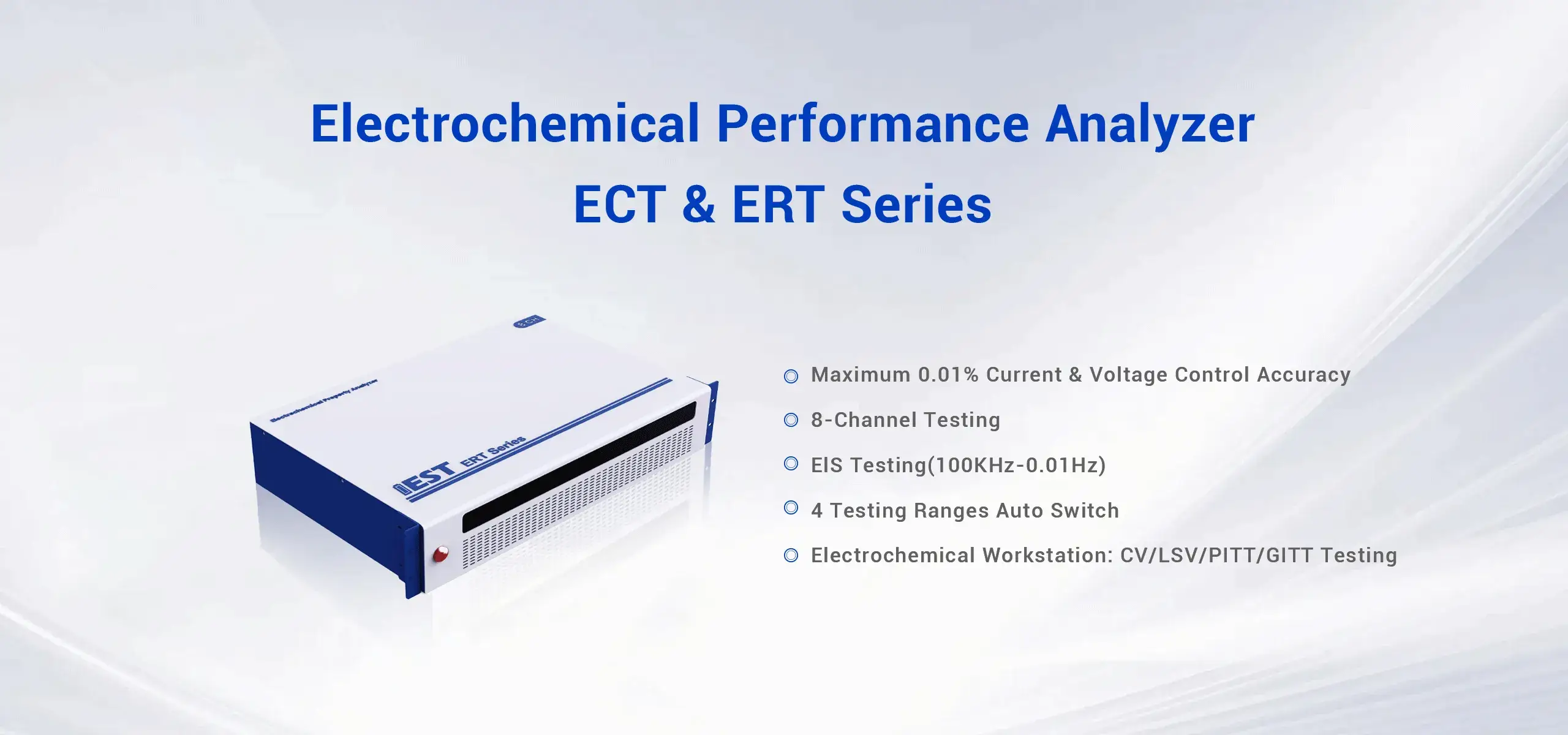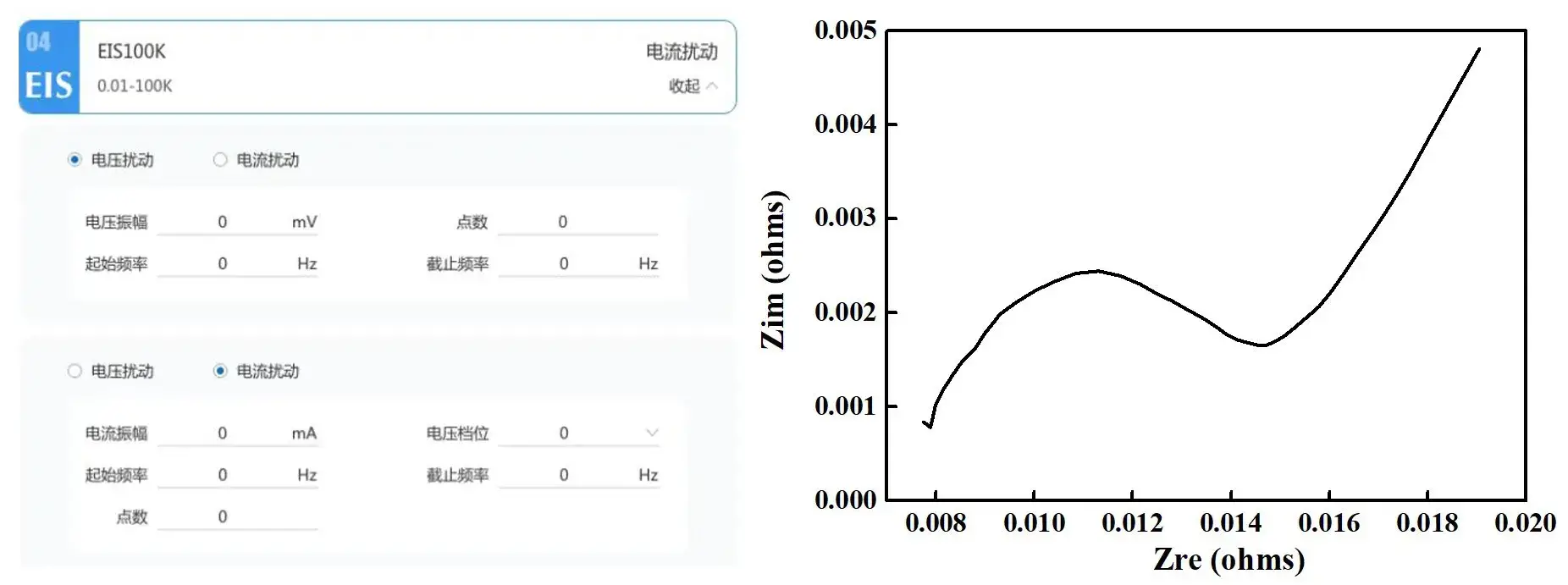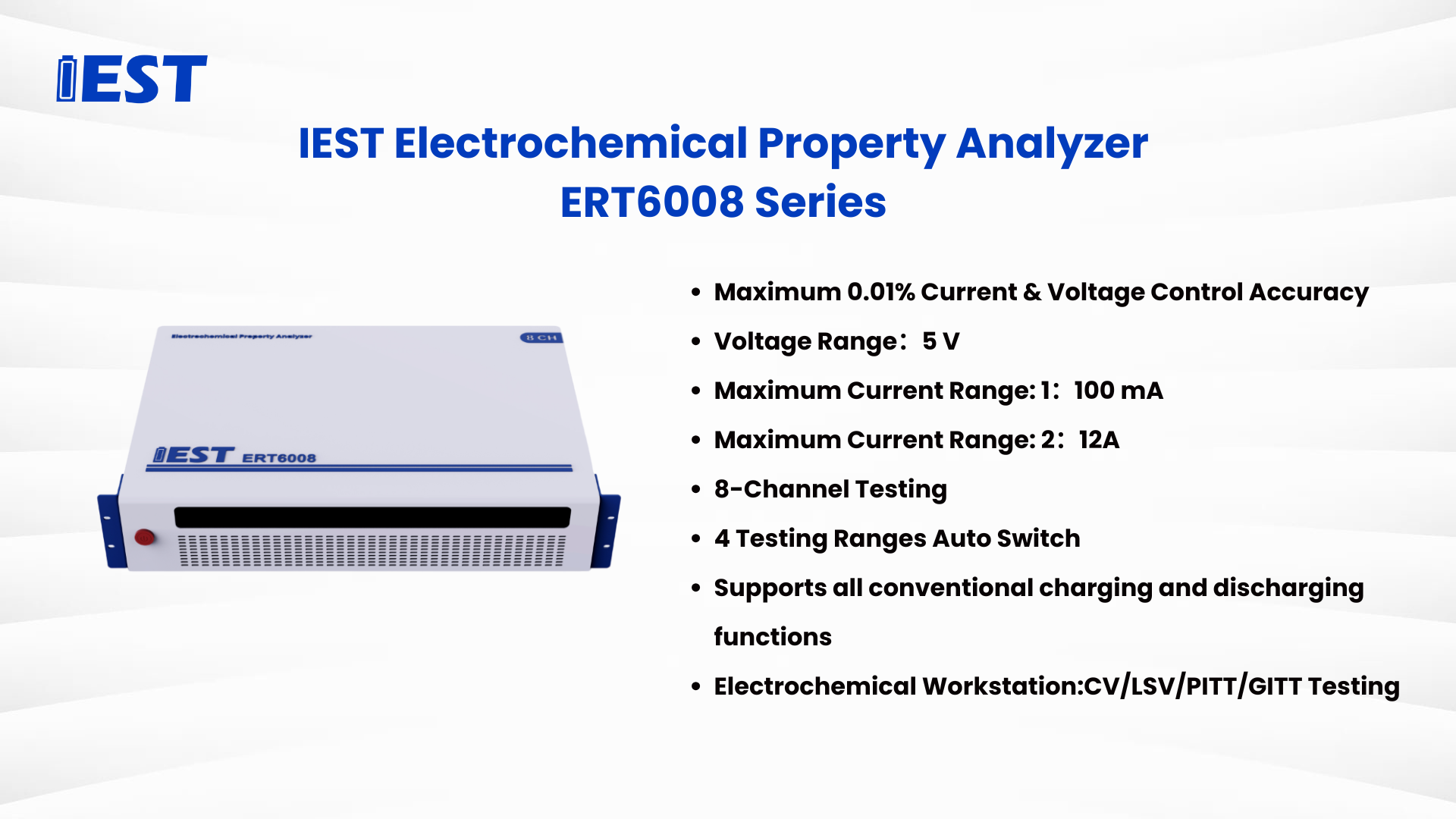-
iestinstrument
Entering Electrochemistry | The Secret Weapon of Electrochemical Research—The Three Electrode System
Have you heard of the three electrode system (3 electrode system)? Unlike the two-terminal batteries we use daily, the three electrode cell is a laboratory configuration designed to deliver precise control and measurement in electrochemical experiments. In this article we explain what a three-electrode system is, how it’s wired, why researchers use it, and how it powers advanced battery diagnostics such as EIS, CV, GITT and PITT.
1. What is a Three-Electrode System / Three Electrode Cell?
The three-electrode system consists of three electrodes: the Working Electrode (WE), the Counter Electrode (CE), and the Reference Electrode (RE).
-
Working Electrode (WE) — the electrode under study where the electrochemical reaction of interest occurs.
-
Counter Electrode (CE) — also called the auxiliary electrode; it completes the current path and supplies/balances current.
-
Reference Electrode (RE) — a non-polarizable electrode that provides a stable reference potential against which the WE potential is measured.
This three-electrode cell separates current control from potential measurement, enabling the independent control of the working electrode potential while the counter electrode carries the system current.
2. Roles & Requirements of Each Electrode
2.1 Working Electrode (WE)
The WE is the focus of experiments. It must be chemically inert relative to the electrolyte, have a reproducible surface, and present a controlled geometric area. Common WEs include glassy carbon, platinum, gold, conductive oxides (FTO/ITO), and, in some cases, composite battery electrodes prepared as test coupons.
2.2 Counter Electrode (CE)
The CE must be large, highly conductive and chemically stable (e.g., platinum, graphite). Its job is simply to counterbalance the electron flow so that the WE potential can be accurately set by the instrument.
2.3 Reference Electrode (RE)
The RE provides a stable voltage reference (examples: Ag/AgCl, saturated calomel electrode). Because the RE ideally draws negligible current, its potential remains constant, allowing precise measurement of the WE potential independent of current flow in the CE-WE circuit.
3. Why is the Three Electrode System So Important?
In the early days of electrochemical research, experiments were primarily conducted using a two-electrode system. Although simple, the two-electrode system had significant drawbacks, particularly in measuring and controlling electrode potentials, leading to considerable errors. In the 1920s, electrochemists began to introduce the reference electrode, thereby inventing the 3 electrode system. This innovation greatly improved the precision and reproducibility of electrochemical experiments. Simply put, the introduction of the three-electrode system brought two key benefits to electrochemical research:
3.1 Precise Potential Control
The introduction of the reference electrode allows us to independently measure and control the potential of the working electrode without being influenced by the current. This independence greatly enhances the precision of experiments, especially when studying the kinetics and mechanisms of electrochemical reactions, providing more reliable data.
3.2 Improved Accuracy in Complex Systems
In a two-electrode setup, voltage drops from solution resistance (IR drop) and CE polarization obscure the true WE potential. The three electrode cell eliminates much of this ambiguity, the reference electrode provides a stable potential reference, allowing us to more clearly separate and analyze the different components and processes within the electrochemical system.
4. How a Three Electrode Cell Is Connected (the “Two-Circuit” Concept)
A three-electrode system is typically operated with an electrochemical workstation (potentiostat/galvanostat). Conceptually it forms two circuits:
-
Potential circuit: voltmeter between WE and RE (measures and controls potential).
-
Current circuit: ammeter between WE and CE (supplies current).
This “three-electrode, two-circuit” arrangement is the foundation for experiments such as cyclic voltammetry (CV), electrochemical impedance spectroscopy (EIS), and intermittent titration techniques (GITT/PITT).

Figure 1. Structure of the 3 Electrode System
5. Practical Tips for Effective Three-Electrode Measurements
-
Reference placement: Keep the RE close to the WE to minimize uncompensated resistance.
-
Counter sizing: Use a CE with ample surface area to avoid polarization.
-
Surface prep: Standardize WE cleaning and pretreatment for reproducibility.
-
IR compensation: Apply proper iR compensation methods but avoid over-correction.
-
Cell geometry: Use appropriate cell designs (beaker cell, pouch-cell adaptors) depending on the material and experiment.
In electrochemical research, particularly in studies related to batteries, the use of the 3 electrode system has become a standard method. This approach offers precise potential control and independent current measurement. However, to fully leverage the advantages of the three-electrode system, high-precision electrochemical analyzers are required to complement its usage. Below are several key reasons along with detailed explanations.
Figure 2. Example with the IEST Electrochemical Analyzer
5. Precise Potential Control
The reference electrode in the 3 electrode system provides a stable potential reference for precise control and measurement of the working electrode potential. High-precision electrochemical workstations feature high sensitivity and low noise characteristics, enabling the maintenance of potential stability even at extremely low currents. This is crucial for studying minute electrochemical changes in batteries. For instance, when investigating the negative electrode materials of lithium-ion batteries, the potential range for the formation of SEI films is typically narrow. Electrochemical analyzers such as the IEST can accurately control and measure potential changes at the microvolt (μV) level, thereby obtaining reliable data.
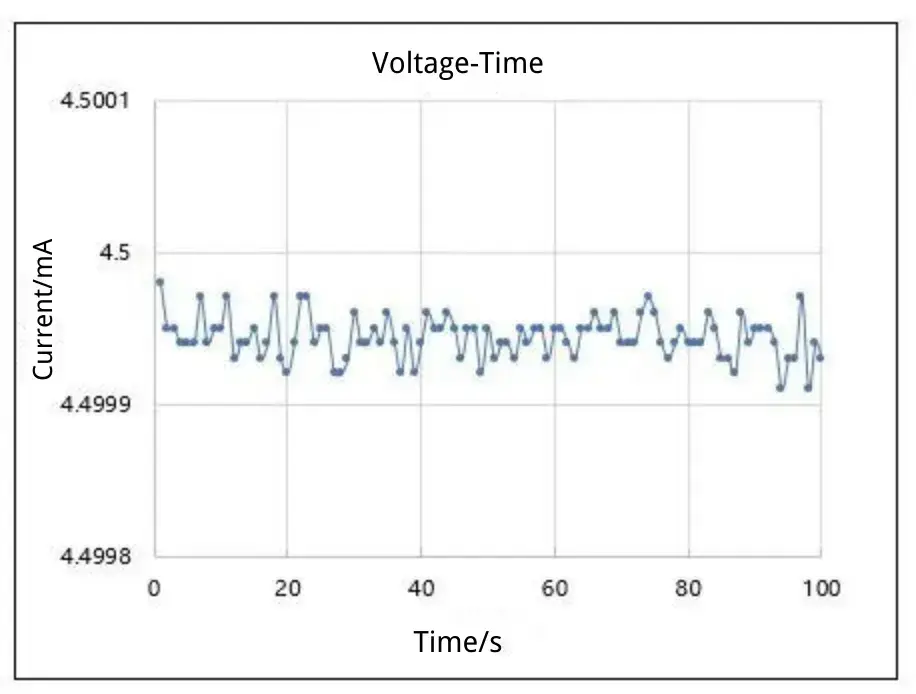
Figure 3. Voltage Control Example: Setpoint: 4.5 V Measured Value: 4.5 V ± 100 μV
6. Accurate Current Measurement
The dynamics and mechanisms of electrochemical reactions require precise measurement of current responses. The IEST electrochemical analyzer can provide current measurement accuracy up to the nanoampere level (nA), which is crucial for analyzing parameters such as charge transfer impedance and reaction rates of battery materials. For instance, in cyclic voltammetry (CV) testing, researchers need to measure peak currents and potentials of electrode reactions. The IEST electrochemical analyzer enhances industry-standard current measurement accuracy to 0.01%, providing accurate current data to ensure the precision and repeatability of CV curves.
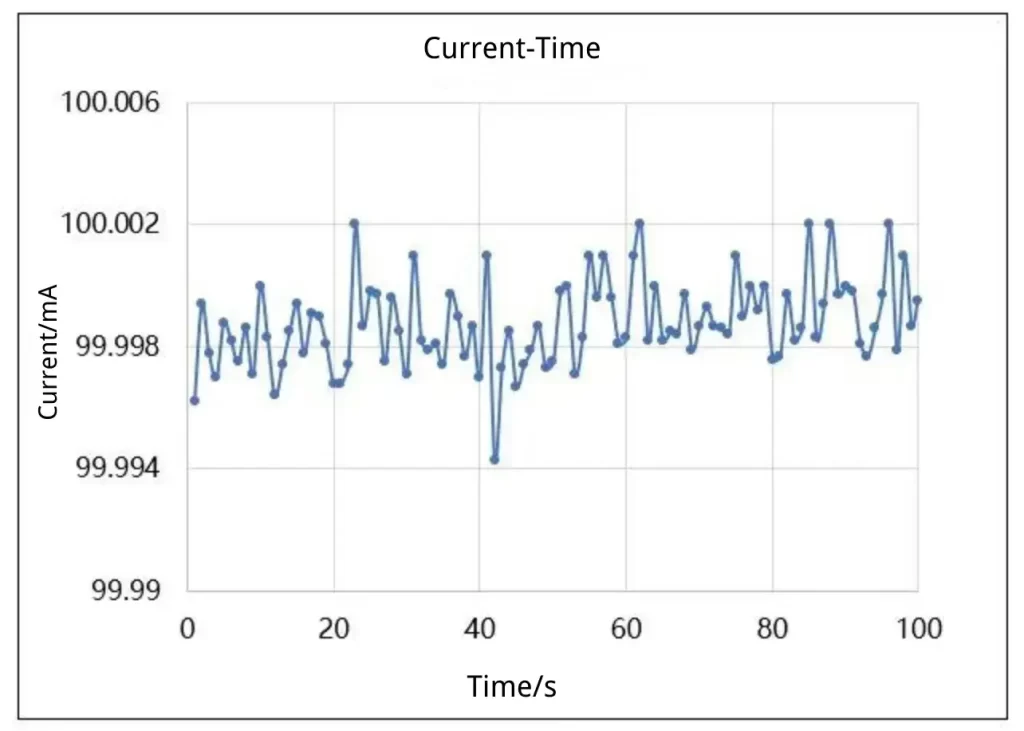
Figure 4. Current Control Example: Setpoint: 100 Ma Measured Value: 100 mA ± 5 μA
7. Low Noise Characteristics
Electrochemical signals are often very weak and susceptible to interference from external environmental noise. The IEST electrochemical analyzer is designed with various anti-interference techniques to effectively reduce noise and enhance signal purity. This is crucial for obtaining high-quality experimental data. For example, in electrochemical impedance spectroscopy (EIS) testing, high-frequency noise may affect the impedance measurement results in the high-frequency region. The IEST R&D team has developed an integrated solution for EIS modules with low-noise design, allowing for more accurate EIS spectra, aiding researchers in better analyzing the internal resistance and interface characteristics of batteries.
Figure 5. Setting up EIS Steps and Displaying EIS Data on the IEST Electrochemical Analyzer
8. Wide Frequency Response Range
Electrochemical impedance spectroscopy (EIS) testing involves a broad frequency range from low to high frequencies. The IEST electrochemical analyzer features a wide frequency response range, covering frequencies from 0.01 Hz to 100 kHz, catering to diverse research needs. For instance, studying the ion diffusion processes in batteries typically requires low-frequency EIS data, while investigating charge transfer reactions in electrode materials necessitates high-frequency EIS data. The high-precision IEST electrochemical analyzer can provide consistent and accurate measurement results across the entire frequency range.
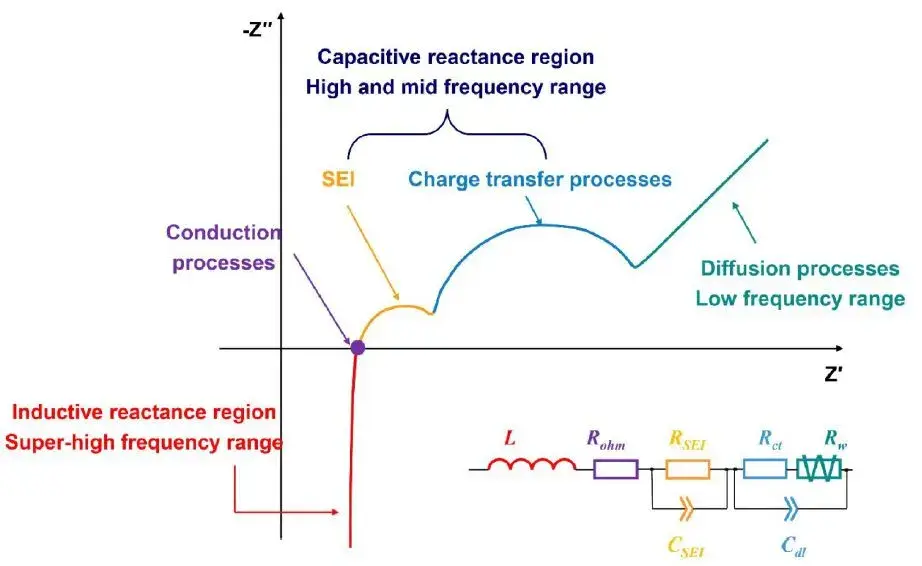
Figure 6. Physical and Chemical Properties of Electrochemical Systems Characterized by EIS in Different Frequency Ranges
9. Multi-functional Integration
The high-precision IEST electrochemical analyzer integrates various electrochemical testing techniques such as cyclic voltammetry (CV), potentiostatic intermittent titration technique (PITT), galvanostatic intermittent titration technique (GITT), and others. The combined use of these techniques allows for comprehensive characterization of the thermodynamic and kinetic properties of battery materials. In addition to the conventional charge-discharge functions, the IEST electrochemical analyzer integrates commonly used CV and EIS modules found in electrochemical workstations, catering to diverse applications across various scenarios for customers.
10. Data Processing and Analysis
The IEST electrochemical analyzer is equipped with advanced data processing and analysis software capable of real-time processing and multidimensional analysis of complex electrochemical data. This capability is highly beneficial for understanding the behavior of battery materials and optimizing battery performance. While hardware parameters are not the primary limiting factors for the localization of current electrochemical workstations, optimizing circuits and devices can indeed improve the results of electrochemical testing to some extent. However, the increase in costs and the associated “benefits” have not been fully recognized by the market. There is an urgent need for intelligent data analysis software that not only showcases data but also allows for refined data analysis. Of course, the IEST electrochemical analyzer is also evolving in this direction.
11. Summary
Through this article, readers have gained a deeper understanding of the three electrode system. From a user perspective, although we cannot see the three-electrode structure in the actual use process of battery cells, it plays a crucial role in the early laboratory stages of battery development. Through EIS measurements, impedance characteristics of the SEI film can be resolved to understand its impact on battery performance; through CV measurements, the redox reaction mechanism and kinetic parameters of electrode materials can be analyzed; and through PITT and GITT measurements, the chemical potential and diffusion coefficients of electrode materials can be obtained to optimize material design and battery performance. Overall, the introduction of the three electrode system provides feasibility for precise research of complex electrochemical systems. We look forward to the continued unique advantages of the three electrode system contributing to the development of electrochemical science.
Contact Us
If you are interested in our products and want to know more details, please leave a message here, we will reply you as soon as we can.


